The Role of the Aviation Support Battalion in Synchronizing Combat Aviation Brigade Sustainment
By LTC Steven P. Sevigny and MAJ Garrett C. Chandler
Article published on: October 1, 2024 in the Aviation Digest October-December 2024 Issue
Read Time: < 9 mins
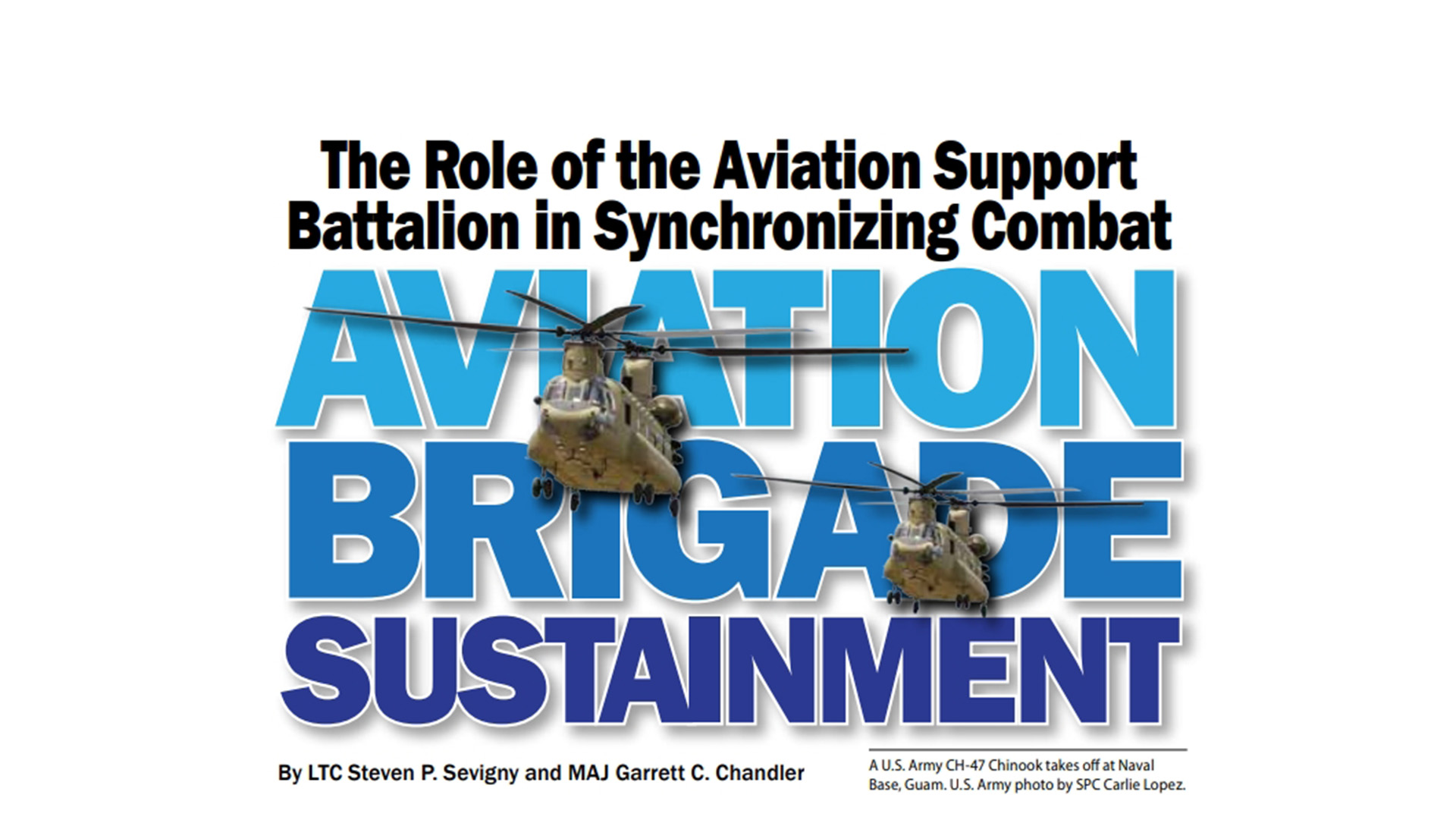
A U.S. Army CH-47 Chinook takes off at Naval Base, Guam. U.S. Army photo by SPC Carlie Lopez.
During World War II, the chaos of battle frequently required rapid task organization changes to reduce complexity of the battlefield for commanders (North, 2013, p. iii). To facilitate this end, the Army designed doctrine with command and support relationships that enabled rapid and effective changes to task organization. The current structure and doctrine of the aviation support battalion (ASB) makes it extremely difficult for the combat aviation brigade (CAB) to fight and effectively train sustainment operations for Large-Scale Combat (LSC). The current modified tables of organization and equipment (MTOE) do not support mission task organization for sustainment; doctrine is almost exclusively focused on brigade combat team (BCT) sustainment structure and operations, and those factors combine to make effective aviation sustainment training difficult.
The CAB MTOE is not conducive to mission task organization for sustainment operations.
In a CAB, the ASB is designed with an organic headquarters support company, distribution company, aviation maintenance company, and signal company (Figure 1). Unlike the brigade support battalion (BSB) in a BCT, each forward support company (FSC) in the CAB is organic to the fight battalion (i.e., General Support Aviation Battalion [GSAB], Attack Battalion [AB], Air Cavalry Squadron [ACS], Assault Helicopter Battalion [AHB]) they are specifically structured to support. Also, unlike the BSB, this means the ASB commander only has direct authority over the main ASB companies and requires authorization to control the remaining sustainment formations while fulfilling the role as the support battalion commander for the CAB.
There is certainly a benefit with an organic relationship between the FSC and the fight battalions. By having the fight battalions directly control their own FSCs, the fight battalion commander directly controls the synchronization of logistics and fight operations. The close relationship also helps create connective sinew between the sustainers and the fight crews, developing mutual trust.
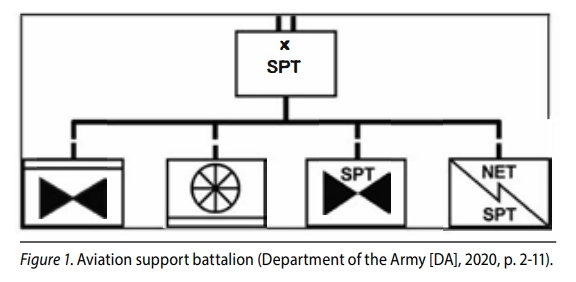
Figure 1. Aviation support battalion (Department of the Army [DA], 2020, p. 2-11)
Additionally, since the structure of each FSC is unique to the supported fight battalion, this specialization in design is extremely useful for the specialized task and purpose of each fight battalion. However, when considering sustainment operations at the CAB level instead of the battalion level, this unique structure is very limiting. It means that one FSC is not designed or equipped to support all CAB fight operations. For example, the AHB and GSAB FSCs do not have the trained personnel to conduct AH-64 arming operations (15Y), nor do they have load handling system capability. This is because these FSCs are not designed to support the Class V requirements for the AH-64 like the other FSCs for the ACS and AB. This is a significant limitation for the CAB commander when planning operations, and the ASB commander is unable to rapidly task organize sustainment formations under the current CAB MTOE.
In comparison to the CAB MTOE, the BSB MTOE places the FSC within the BSB and gives it a habitual relationship (either attached or under operational control) with the supported maneuver battalion. This allows the BSB commander to easily task organize, and weight support operations more heavily based on brigade priorities without first gaining consensus from maneuver battalion commanders (Figure 2).
Lastly, the individual given this unique and ill-defined task is a career aviator, not a career logistician. This is not an issue in and of itself. The problem lies with the fact that the individual given responsibility of sustaining CAB operations has no command authority over critical sustainment formations and does not usually have the experience necessary to undertake this task. Aviation support battalion commanders are directed (and pressured) to take unnecessary professional military education (PME) courses like the Aviation Maintenance Operations Course or Maintenance Test Pilot Course, instead of much more relevant PME such as the Support Operations Course or Sustainment Pre-Command Course. The combination of not giving this individual the MTOE authorities to synchronize and task organize brigade-wide sustainment operations, while also not training them more deliberately to manage those operations, places the CAB in a position of significant disadvantage in LSC.
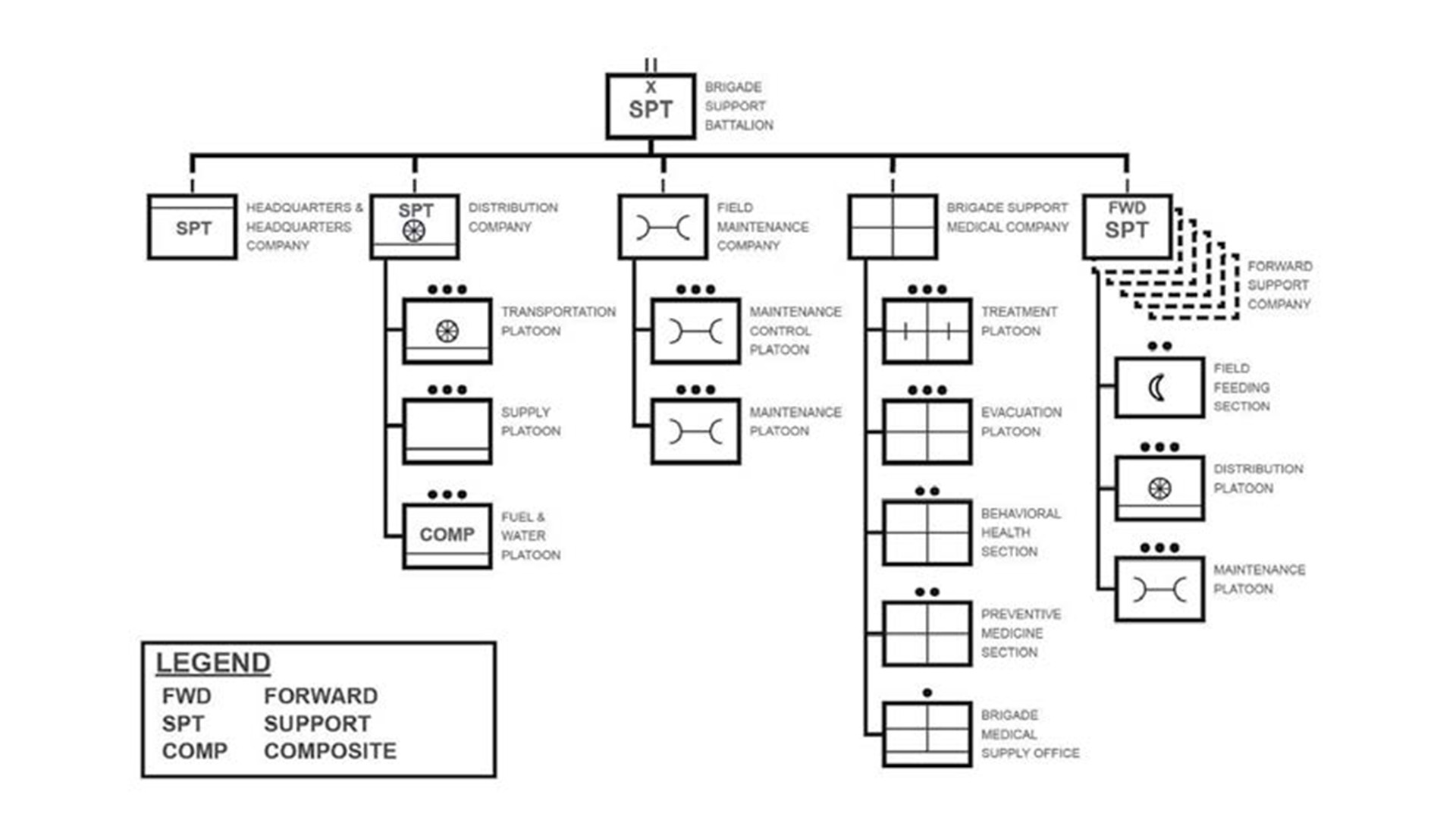
Figure 2. Brigade support battalion (DA, 2021a, p. 9-7).
Doctrine for the ASB and aviation sustainment is limited, with most concepts centered around BCT operations.
Sustainment doctrine is heavily oriented on BCT sustainment operations. For example, Army Techniques Publication (ATP) 4-90 is titled “Brigade Support Battalion” and covers BSB operations in detail. A better description of the doctrine is “Brigade Combat Team Sustainment Operations.” This one-stop shop for all things BSB is more than 150 pages covering roles; mission command; operations (including staff); echeloning sustainment; and key components of distribution, maintenance, and medical support operations. When trying to understand relationships, command and control of formations, and battlefield framework, ATP 4-90 provides one main resource for BSB sustainment personnel to get information and speak from common OPERATIONAL TERMS (DA, 2021b).
There is no publication centered on the ASB. Information on the ASB is found scattered in other doctrine. This includes an 11-paragraph section in ATP 4-90, describing the structure of the ASB, including clarification that the FSC and aviation maintenance companies are organic to the battalions, though in the FSC section of the publication, it implies that the ASB controls the various FSCs in the brigade (2021b, para. 1-100). Field Manual (FM) 3-04, “Army Aviation,” provides three paragraphs on the structure of the ASB and includes a chapter on Army Aviation Sustainment covering some unique duty positions; force projection; forward arming and refueling point (FARP) operations; medical; and personnel, legal, and religious service summaries (DA, 2020, pp. 4-1 to 4-11). To find specific information on the bread and butter of aviation sustainment—FARP operations—one must look at ATP 3-04.17, “Techniques for Forward Arming and Refueling Points” (DA,2018).
Returning to the discussion on the difference in structure between the ASB and the BSB, chapters 4-5 in ATP 4-90 discuss the brigade support area (BSA), echeloning sustainment, and corresponding battalion Field Trains Command Posts (FTCP) and Combat Trains Command Posts (CTCP) (Figure 3).
Aviation doctrine does not allow for the concept of a CTCP or an FTCP. For simplicity’s sake, the authors will only discuss the FTCP. Army Techniques Publication 4-90, paragraph 5-7 states, “the FTCP serves as the battalion or squadron commander’s primary direct coordination element with the supporting BSB in the BSA” (2021b). This is a very familiar concept to BCTs and BSBs, and it is exercised regularly at combat training center (CTC) rotations. Furthermore, ATP 6-0.5, “Command Post Organization and Operations,” Table 1-1, which outlines all types of command posts by echelon, does not specify an FTCP for aviation battalions, and FM 3-04 makes no mention of an FTCP (DA, 2017, p. 1-4; DA, 2020). Since aviation battalion task forces deploy to CTC rotations instead of CABs, CABs are very much untrained in synchronizing sustainment as a CAB instead of a battalion task force. Since this concept is not trained and not specified in aviation doctrine, aviation leaders are unaware of the critical function of the FTCP and how it is absolutely necessary to synchronize sustainment for the CAB in LSC. Figure 4 is a visual depiction of what a CAB distribution network would look like in LSC. It is complex, and when we consider that the ASB commander has zero authority over the FSCs, it creates a critical gap in how CABs conduct and synchronize sustainment operations in LSC.
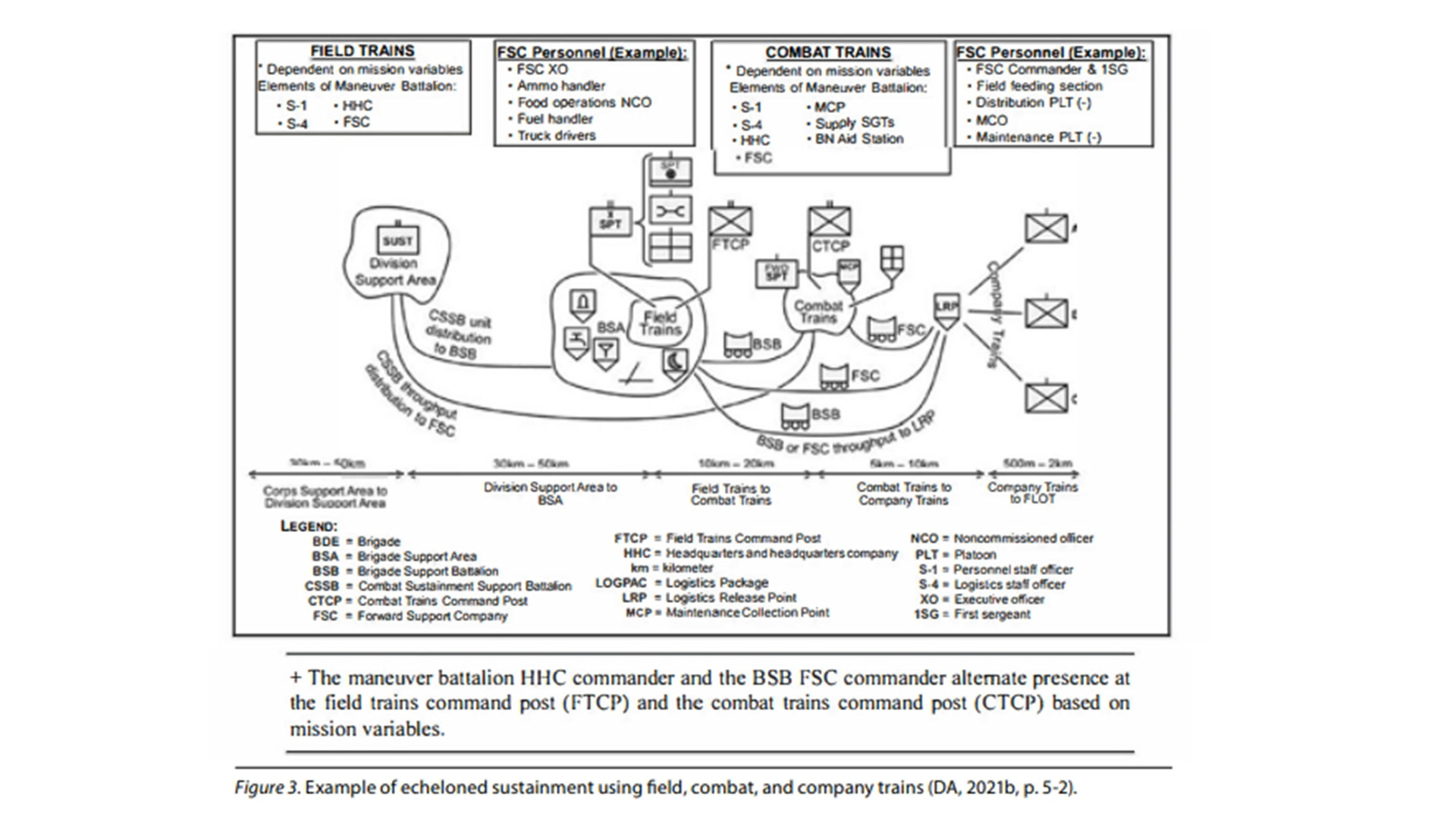
Figure 3. Example of echeloned sustainment using field, combat, and company trains (DA, 2021b, p. 5-2).
To better train for LSC, the Army should look at restructuring the MTOE for CAB sustainment units and expand doctrine to include sustainment formations beyond BCT sustainment organizations.
The current MTOE for the sustainment units within the CAB is clearly designed to support battalion-level operations, and it is too restrictive to support CAB sized operations without significant and deliberate internal restructuring and coordination. Separating the FSC from the ASB prevents the ASB commander from being able to practice massing and weighting sustainment against brigade priorities without disrupting internally planned battalion operations. Furthermore, to enable an AHB or GSAB to support rearming operations, a brigade must not only provide personnel and equipment from another battalion’s FSC to support the operation but must train the leadership on a new, unfamiliar mission set. This is not an impossible task, but training opportunities are more limited when they require multiple battalions to execute effectively. Structuring similar to a BSB enables the ASB to task organize resources and execute training internally to minimize risk. Sending commanders to mandatory training in their new specialty—sustainment—further enables them to identify and execute training to support those skill sets.
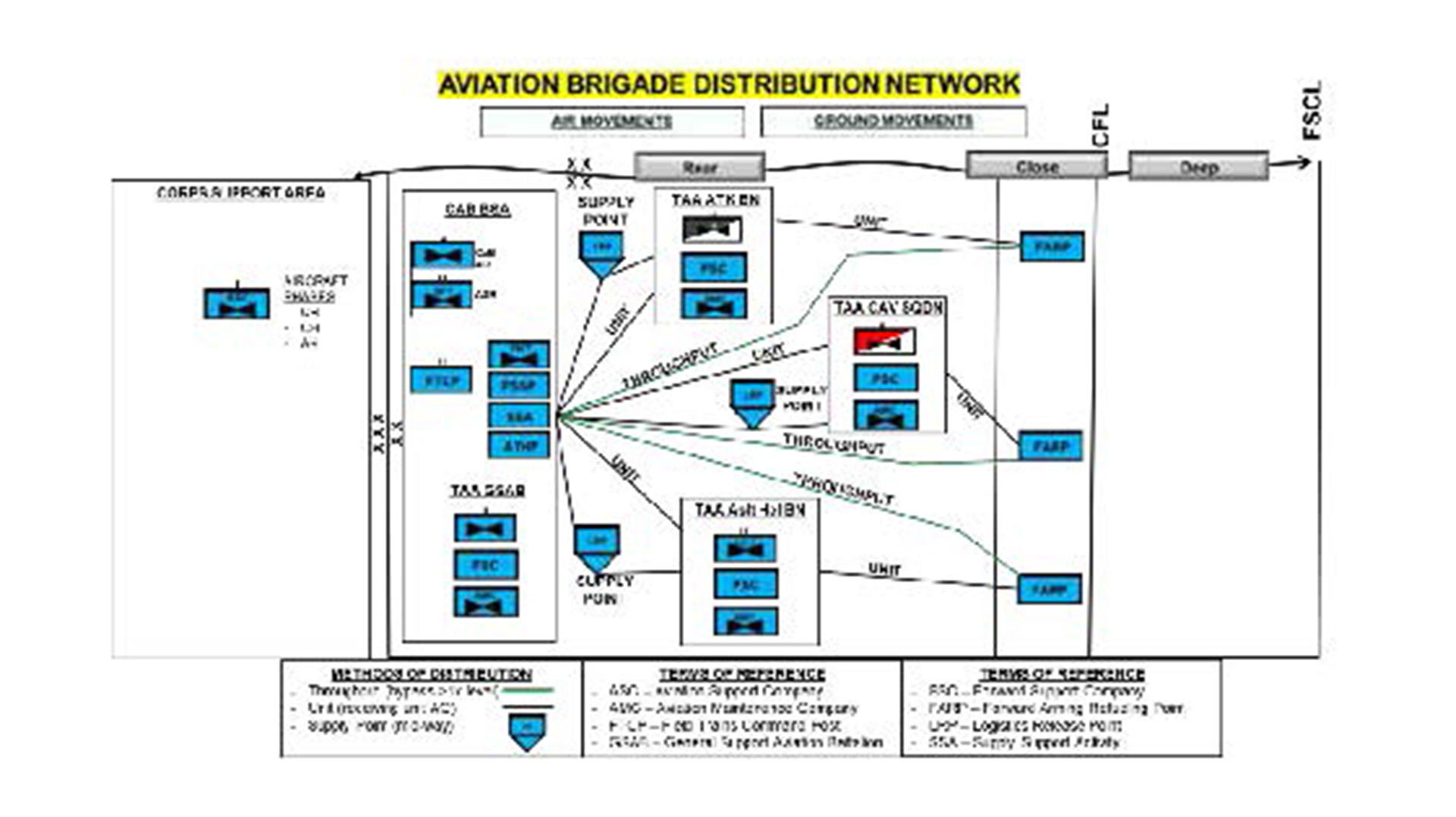
Figure 4. Author depiction of a CAB distribution network (Sevigny, 2024).
In general, the dearth of information in doctrine regarding the ASB and CAB sustainment operations creates a risk in LSC aviation operations. Of specific note here are the lack of details about the unique mission, design, capabilities, and limitations of the ASB and the absence of critical sustainment concepts, such as echeloned sustainment and an FTCP. While doctrine is not necessarily required for step-by-step instructions on execution, it would further educate aviation leaders of all ranks to better understand sustainment operations in LSC. Additionally, given the limited population of Army logisticians exposed to aviation sustainment operations, it provides a reference for individuals unfamiliar when first arriving to an aviation unit or during PME.
The combination of these two factors makes it extremely difficult to effectively train how to fight a CAB in LSC. As operations become more dynamic and require more innovation and flexibility to execute, it becomes more important to give commanders the tools and training to succeed. In LSC, having the ability to rapidly change task organization reduces the scope for subordinate commanders to better manage operations. Having a common language and understanding to communicate concepts codified in doctrine helps share intent quicker.
References
Author
LTC Steven (Steve) Sevigny is currently a student at the Advanced Strategic Leaders Seminar Program, and was formerly the commander of the 404th ASB, 4th CAB at Fort Carson, Colorado. He has previously served as the Executive Officer (XO) to the Commanding General of 3D Infantry Division, and as the XO and S3 of the 4-3 AHB. He is a graduate of the School of Advanced Military Studies.
MAJ Garrett Chandler is currently the XO of the 4th CAB at Fort Carson, Colorado. He has previously served as the Support Operations Officer of the 4th CAB and as the S3 of 325th BSB. He is a graduate of the School of Advanced Military Studies.